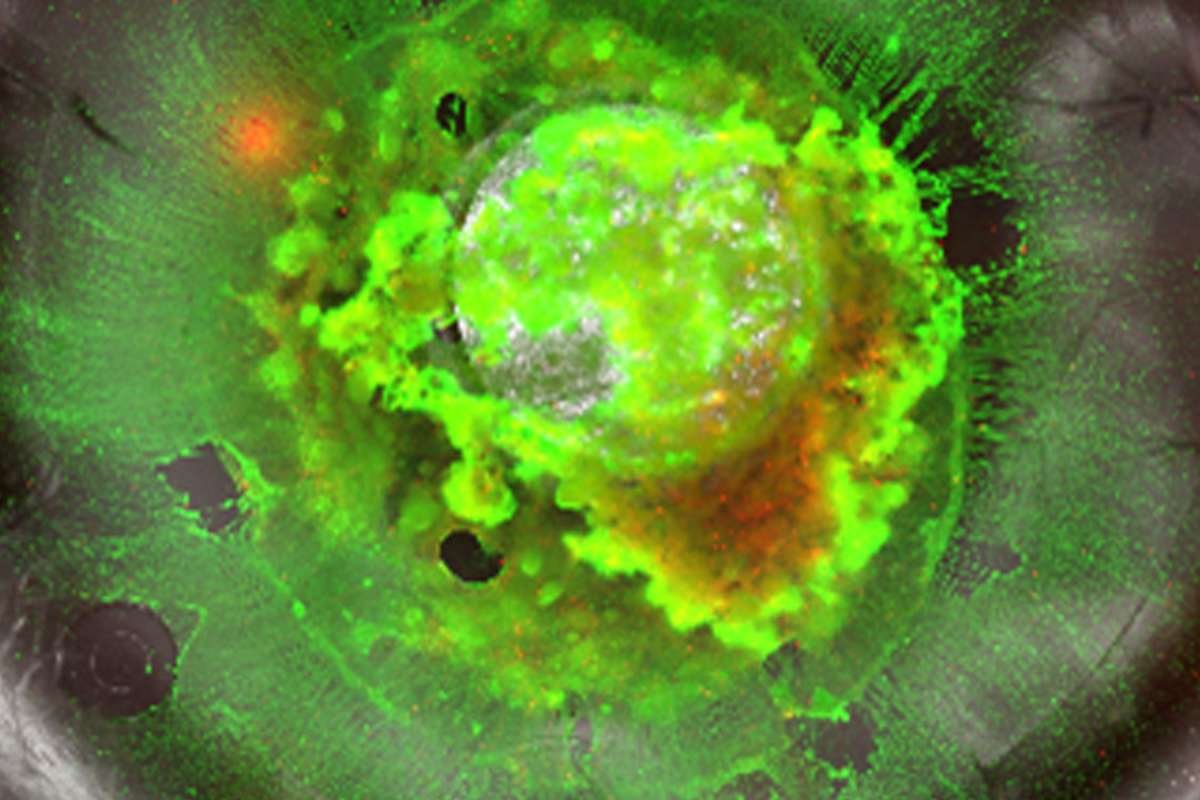Asthma Attack is a chronic respiratory disease that affects millions of people worldwide. It is a condition where the airways become inflamed, narrow, and produce excess mucus, making it difficult to breathe. Asthma symptoms can range from mild to severe and can be life-threatening if left untreated. It is essential to know the signs and symptoms of an asthma attack so that you can seek prompt medical attention. This article will discuss five things you need to know if you suspect you are having an asthma attack.
Here are 5 Things You Need to Know about an Asthma Attack ;
1. Understanding the Symptoms of an Asthma Attack
Asthma symptoms can vary from person to person and can be different from one asthma attack to another. However, some common symptoms of an asthma attack include:
- Wheezing: A whistling or hissing sound when you breathe out, often heard before you can feel the difficulty in breathing
- Shortness of breath: Feeling like you cannot catch your breath or take a deep breath
- Chest tightness or pain: Feeling pressure or tightness in your chest
- Coughing: A persistent cough, particularly at night or early morning
- Rapid breathing: Breathing faster than normal
- Fatigue or weakness: Feeling tired or weak due to difficulty breathing
- Difficulty speaking: Struggling to speak due to shortness of breath
If you experience any of these symptoms, it may indicate that you are having an asthma attack. It is crucial to seek immediate medical attention, particularly if you are experiencing severe symptoms such as extreme difficulty in breathing or blue lips or fingernails.
2. Triggers of an Asthma Attack
Asthma attacks can be triggered by various factors, and identifying your triggers can help you prevent future attacks. Some common asthma triggers include:

- Allergens: Pollen, dust mites, pet dander, and mold spores are common allergens that can trigger asthma symptoms.
- Irritants: Strong odors, perfumes, cigarette smoke, air pollution, and chemical fumes can irritate the airways and trigger asthma symptoms.
- Exercise: Physical activity can cause shortness of breath and wheezing, particularly in cold or dry weather conditions.
- Cold and flu viruses: Respiratory infections such as colds and flu can cause inflammation in the airways and trigger asthma symptoms.
- Stress: Emotional stress can lead to hyperventilation, which can trigger asthma symptoms.
- Medications: Certain medications, including aspirin and non-steroidal anti-inflammatory drugs (NSAIDs), can trigger asthma symptoms in some people.
By identifying your triggers and avoiding them whenever possible, you can reduce the frequency and severity of asthma attacks.
3. Treating an Asthma Attack
If you are experiencing an asthma attack, it is essential to seek immediate medical attention. In the meantime, there are several steps you can take to help manage your symptoms:

- Use your inhaler: If you have a quick-relief inhaler, such as a bronchodilator, use it as prescribed by your doctor. These medications work quickly to open up the airways and ease breathing.
- Sit upright: Sitting in an upright position can help ease breathing by allowing the chest to expand fully.
- Stay calm: Stress and anxiety can make asthma symptoms worse. Try to stay calm and relaxed, and focus on your breathing.
- Try breathing exercises: Breathing exercises such as pursed-lip breathing and diaphragmatic breathing can help slow down breathing and ease symptoms.
- Drink warm liquids: Warm liquids such as tea or broth can help ease congestion and soothe the airways.
- Call for emergency help: If you are experiencing severe symptoms such as extreme difficulty breathing, blue lips or fingernails, or confusion, call for emergency help immediately.
4. Prevention and Management of Asthma
Preventing asthma attacks involves managing your symptoms and avoiding triggers. Here are some steps you can take to prevent asthma attacks:
- Take your medications as prescribed: Your doctor may prescribe a combination of long-term control medications and quick-relief medications to manage your asthma symptoms. It is essential to take these medications as prescribed to prevent asthma attacks.
- Identify and avoid triggers: By identifying your triggers and avoiding them, you can reduce the frequency and severity of asthma attacks. For example, if dust mites trigger your asthma symptoms, you can take steps to reduce dust mites in your home, such as using allergen-proof covers on your bedding and vacuuming regularly.
- Monitor your symptoms: Keeping track of your symptoms can help you identify when an asthma attack is likely to occur. This can help you take steps to prevent an attack before it happens.
- Use a peak flow meter: A peak flow meter is a device that measures how well you can breathe out. By using a peak flow meter regularly, you can monitor your breathing and identify changes that may indicate an impending asthma attack.
- Get vaccinated: Getting vaccinated against the flu and pneumonia can help prevent respiratory infections that can trigger asthma attacks.
- Exercise regularly: Regular exercise can help improve lung function and reduce the risk of asthma attacks. However, it is essential to talk to your doctor before starting an exercise program, particularly if you have severe asthma.
5. When to Seek Medical Attention
It is essential to seek medical attention if you are experiencing asthma symptoms, particularly if you are having difficulty breathing. Here are some signs that you may need emergency medical attention:

- Severe difficulty breathing: If you are having trouble breathing, particularly if you are using your quick-relief inhaler without relief, seek emergency medical attention immediately.
- Blue lips or fingernails: Blue lips or fingernails may indicate that you are not getting enough oxygen and require immediate medical attention.
- Confusion: Confusion may indicate that you are not getting enough oxygen and require emergency medical attention.
- Rapid heartbeat: A rapid heartbeat may indicate that you are not getting enough oxygen and require emergency medical attention.
- Inability to speak: If you are having difficulty speaking due to shortness of breath, seek emergency medical attention immediately.
BOTTOM LINE
Asthma attacks can be frightening, but knowing the signs and symptoms of an asthma attack can help you seek prompt medical attention and manage your symptoms effectively. If you suspect that you are having an asthma attack, it is essential to seek immediate medical attention. By taking steps to manage your symptoms, avoiding triggers, and working closely with your doctor, you can prevent asthma attacks and live a healthy, active life.











